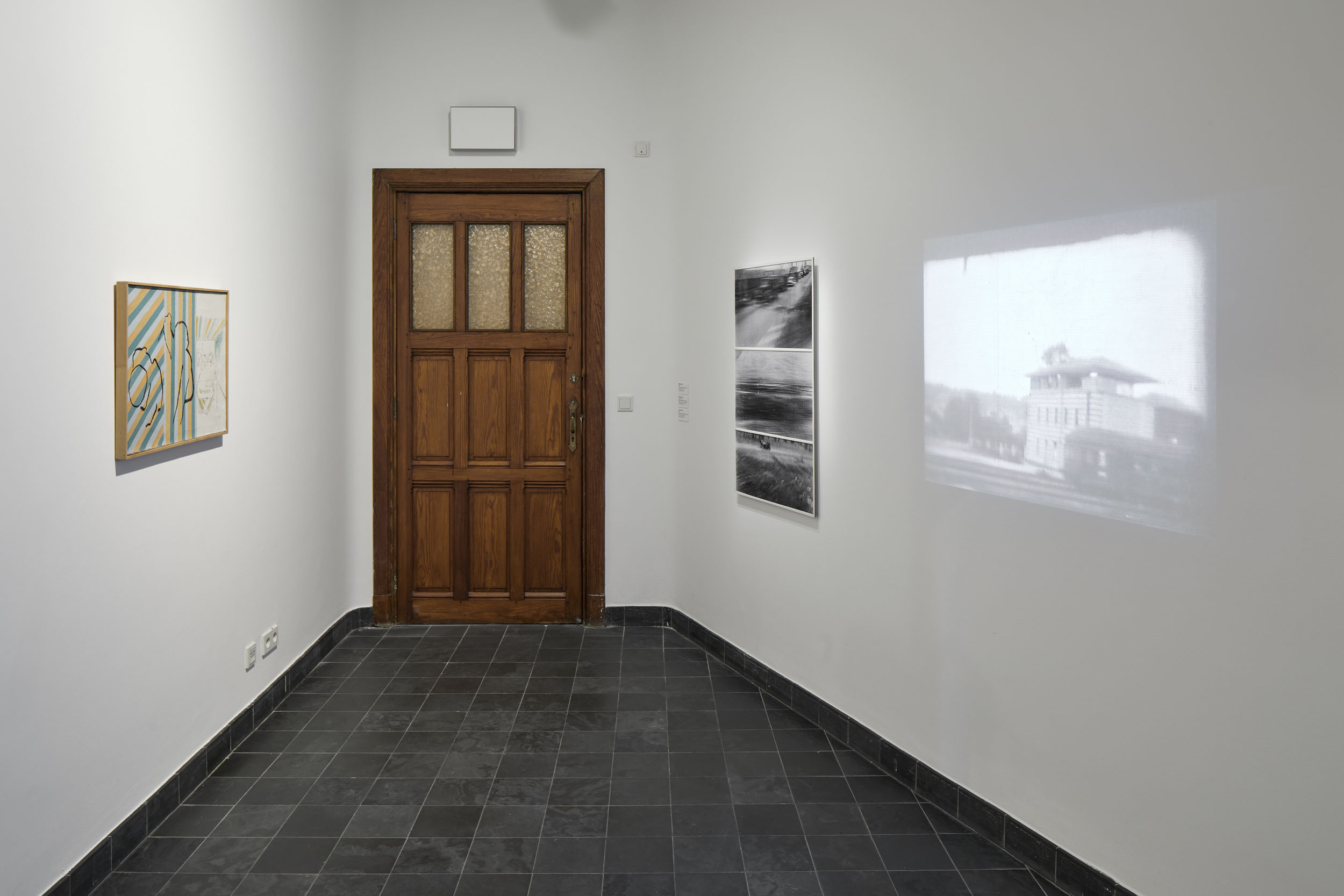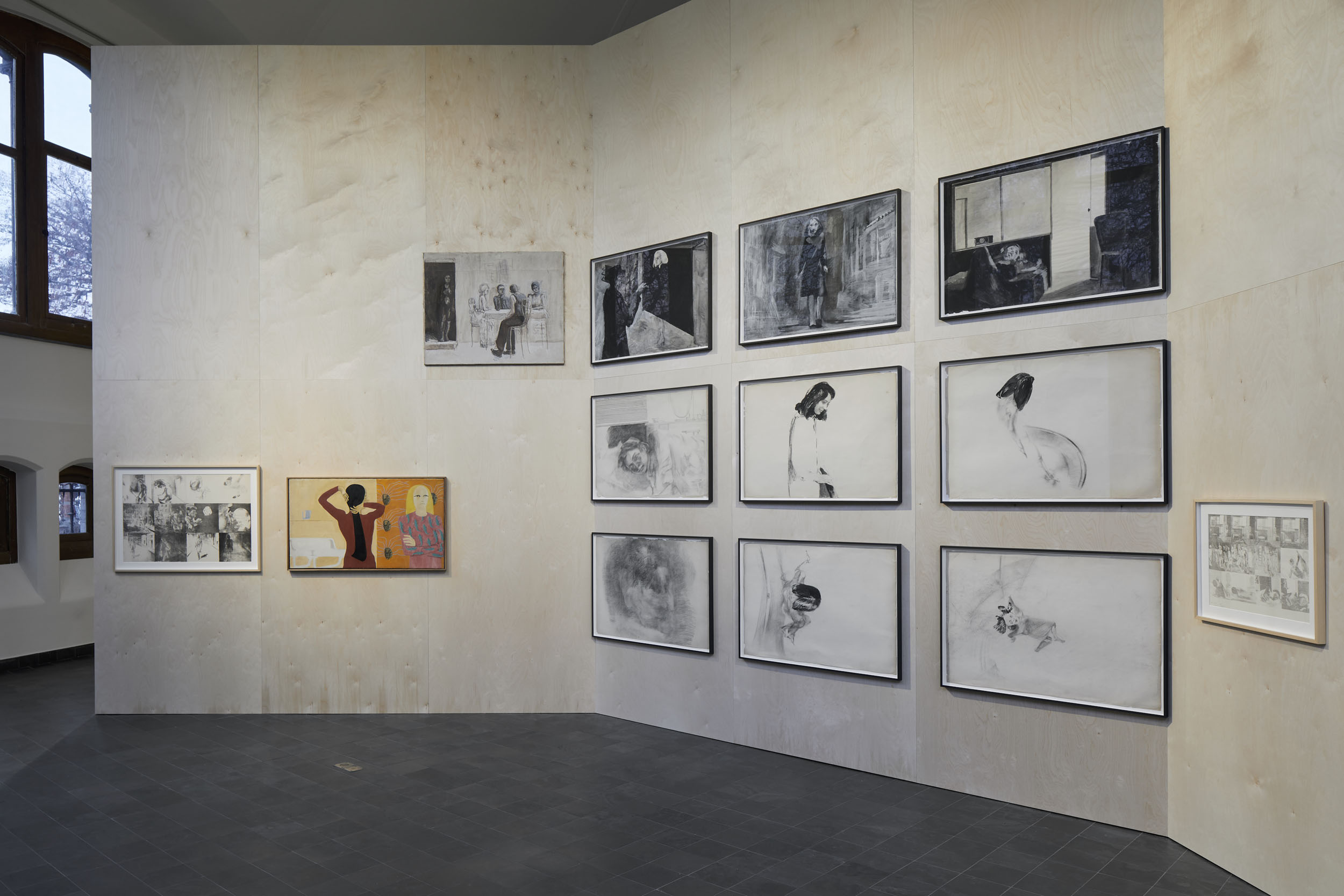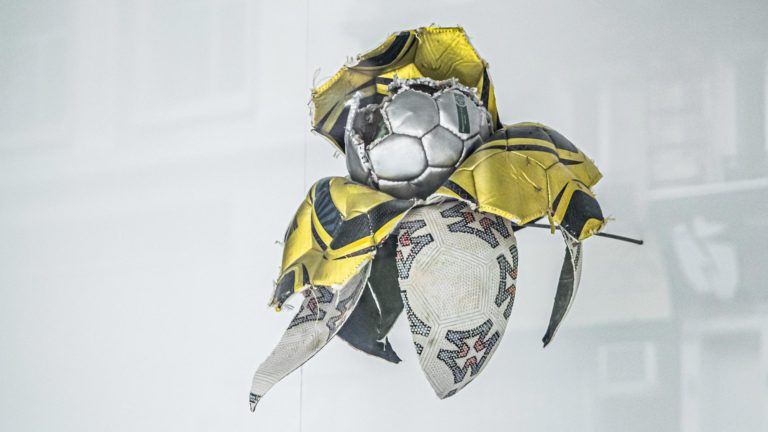Artist: Ion Grigorescu
Exhibition title: Cinema
Venue: KIOSK, Ghent, Belgium
Date: November 30, 2019 – February 2, 2020
Photography: All images copyright and courtesy of the artist and KIOSK, Ghent
Note: Essay by Magda Radu is available here
KIOSK kindly invites you to the opening of Cinema.
Cinema provides a unique insight into the artistic work of Ion Grigorescu (b. 1945, Bucharest).
The retrospective exhibition brings together the works of this extraordinary contemporary artist, known primarily for his experimental photographs and films and for his non-conformist practice during the socialist era. The exhibition stems from Grigorescu’s own impulse to provide a more nuanced understanding of his work and ideas. The overarching theme of cinema makes it possible to approach his singular artistic practice –encompassing painting, drawing, film, and photography – from a transversal perspective, without attempting to create the illusion of a unified whole.
Grigorescu’s work is characterised by inexhaustible experimentation, an impressive use of references, and intellectual stratification. Here, cinema functions as an investigative tool rather than a singular engagement with the medium of film and video, being linked to the artist’s interpretation of the concept of movement, deployed in many visual idioms and through various thematic ramifications. It also accounts for the leaps and transitions from one medium to the other. In his writings, Grigorescu has given extensive thought to comparisons between painting, film and photography, while in his work he has pushed each visual language to the limit, to the point of their disappearance or dematerialisation.
The exhibition includes early explorations of painting, from a period when the artist sought to move beyond the stagnant vocabulary promoted at the official level by developing his own version of realism, coining the term “ready-painting”. The de-skilling of painting and the rejection of a personal style went hand in hand with the production of “realogrammes” – sequential, unmediated renditions of phenomena registered by the eye – that commented on social and political issues. The visual narrative was rendered opaquer in those instances where the artist attempted to capture the oneiric flow of images. The race to record the real, in its intimate and external manifestations, always incorporates reflection on the paradoxes of representation, while the perception of reality is kept in dialectical tension, alternating between enchantment and disenchantment.
The interplay between body and camera adds another dimension to the extensive effort to study motion. Grigorescu’s solitary body-art experiments are developed in tandem with inventive displacements of film and photographic cameras. He modifies and distorts camera lenses in order to confound, among other things, any certainty regarding the human capacity to assimilate the surrounding world. In his improvised theatrical set ups he simultaneously takes on the roles of performer, director and spectator, breaking up the unity of the body and creating infinite refractions of the self. An avid reader of psychoanalysis, Grigorescu’s references also include Yoga and Buddhist philosophy. The latter helped him construct an elaborate symbolism of the body and of its cycles, which are in turn connected to the cycles of movement and becoming as these are encountered in nature. These considerations point to a meaning of the cinematic device which emphasises the evanescent and provisional, but also the great metonymic chain which links the micro and macro levels of existence. Finally, Cinema provides a glimpse into Grigorescu’s lifelong interest in recording his dreams, a personal tribute to cinema’s connection with the unknown and dreaming.
This exhibition has been organised as part of EUROPALIA ROMANIA, in collaboration with the Romanian Cultural Institute.





































































